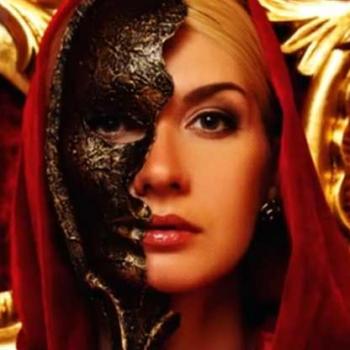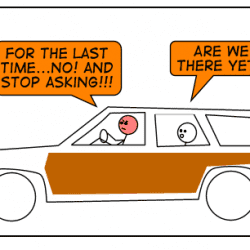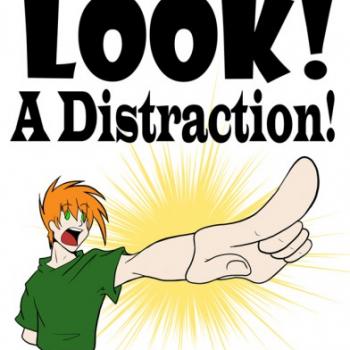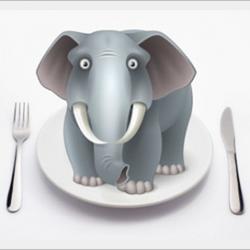Bottom line: Love trumps gender roles for kids
James Dobson wrote a Dec. 18 editorial in Time magazine about Mary Cheney, her pregnancy and her plan to raise the child with her partner, Heather Poe.
Dobson wastes no time building a body of scientific evidence about why this is inappropriate.
Three decades of social science indicate children are best off when raised by a male and female, both of whom are their birth parents. Though he concedes the couple undoubtedly will love their child, he goes on to argue that “love alone is not enough to guarantee healthy growth and development.”
He quotes several sources, from Dr. Kyle Pruett of the Yale Medical School to Psychology Today. Most indicate that both male and female caregivers offer unique pieces to a child’s overall upbringing.
Dobson is right. Love alone doesn’t guarantee healthy development. He’s also right that it’s best to have both a male and female role model for children. My graduate work was in child development, and I would not argue with either of these statements.
He then uses these premises to assert that not only childbirth, but also adoption, is “the purview of married heterosexual couples.” Finally, we get to the essence of his position: Gay people don’t deserve to raise children.
He softens his claims with verbal buffers like “with all due respect,” and “Focus on the Family does not desire to harm or insult . . .” If I were she, I’d be insulted.
Granted, all of the research does suggest that children do best with male and female figures. This, however, does not mean that both role models must be birth parents. The leap from scientific evidence to his desired endgame is fallacious.
Second, though love is not enough to guarantee positive development, there is no other combination of factors that will guarantee this either. Just because someone is raised by their birth parents does not guarantee they will receive the care and love they require for optimal development.
A couple in our family decided to adopt a girl into their existing family of four, more than a decade and a half ago. She is black and the other family members are white. There was some discussion about the challenges this could present, both for the parents and the child. They went ahead with the adoption anyway. Less than two years later, they received a call that the same mother had another child, whom they also adopted.
True to expectations, their life together has not been perfect. Though they sought out an African-American woman to be their adopted grandmother, they lack some ethnic identity with their family of origin. But they’ve definitely fared better than they would have with their birth parents, one of whom has disappeared, and one of whom is dead.
Before you start your letter to the editor, I recognize both that the couple I’m referring to is a married heterosexual couple, and that the situation involves adoption rather than artificial insemination. Would I prefer that Ms. Cheney would adopt? Absolutely. There are enough children in the world in need of a loving home that I consider this a more reasonable alternative to artificial means of getting pregnant. Is it my right to tell her what she can do with her reproductive system? No more than she has a right to tell me what to do with mine.
Dobson’s argument holds water in a perfect world, which we don’t have. Ideally, every child would be born into a family where they are wanted, anticipated and loved before they take their first breath. What children need more than anything else is love offered generously and modeled. Whom the parents love is secondary to the need for the love to be healthy and real.
As for a father figure, Dick Cheney will soon have plenty of time on his hands. As soon as he hears that baby gurgle in his arms, my guess is he’ll be the proudest grandpa in the world.











